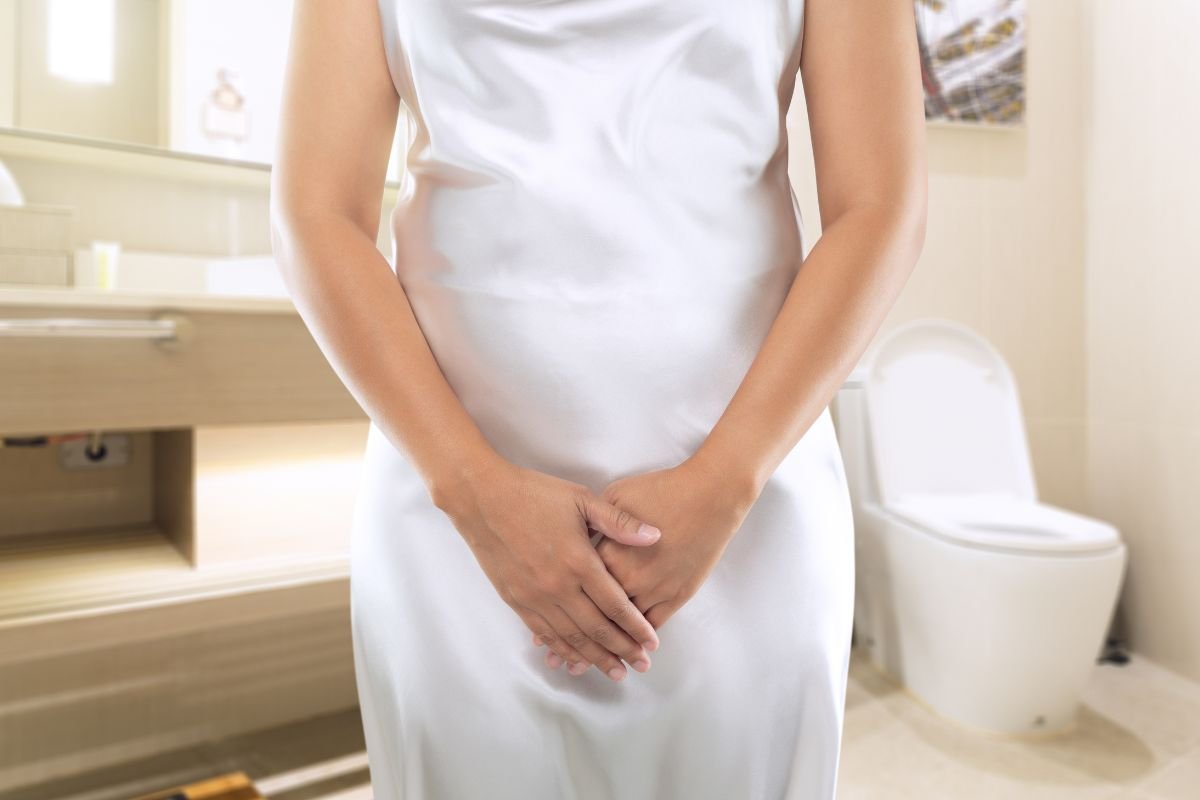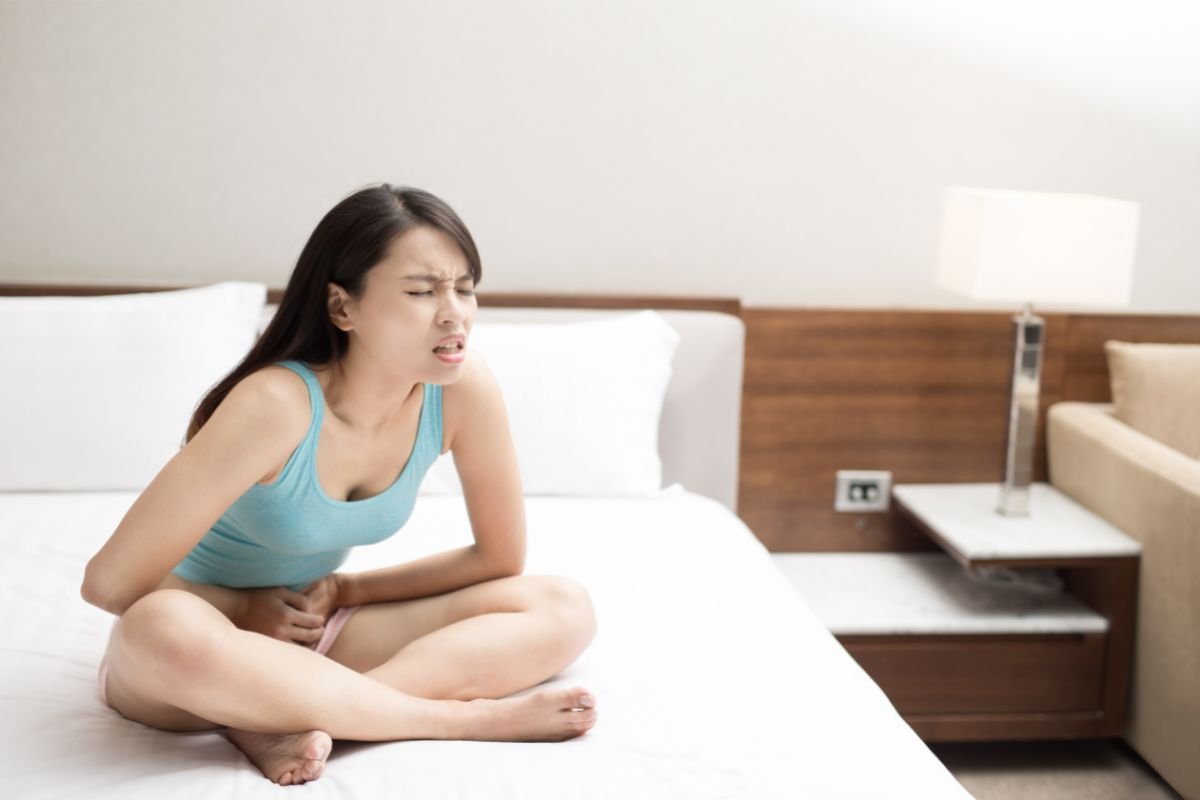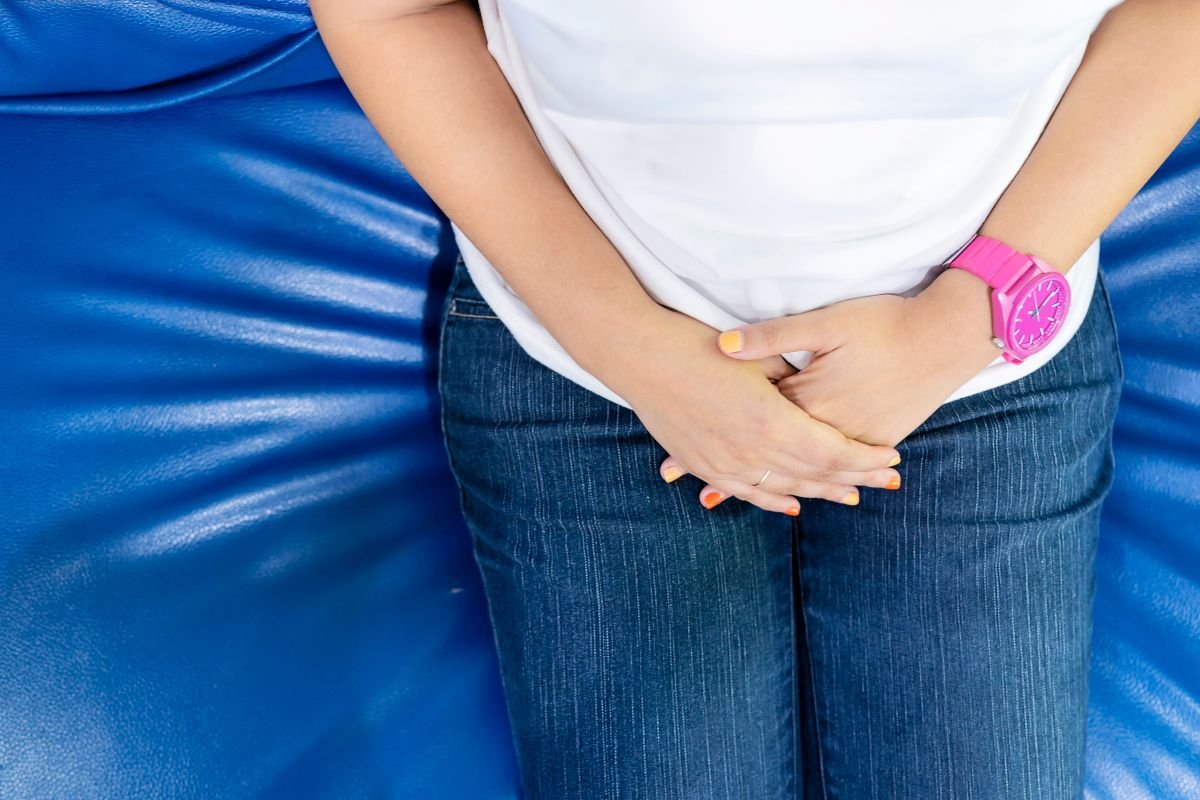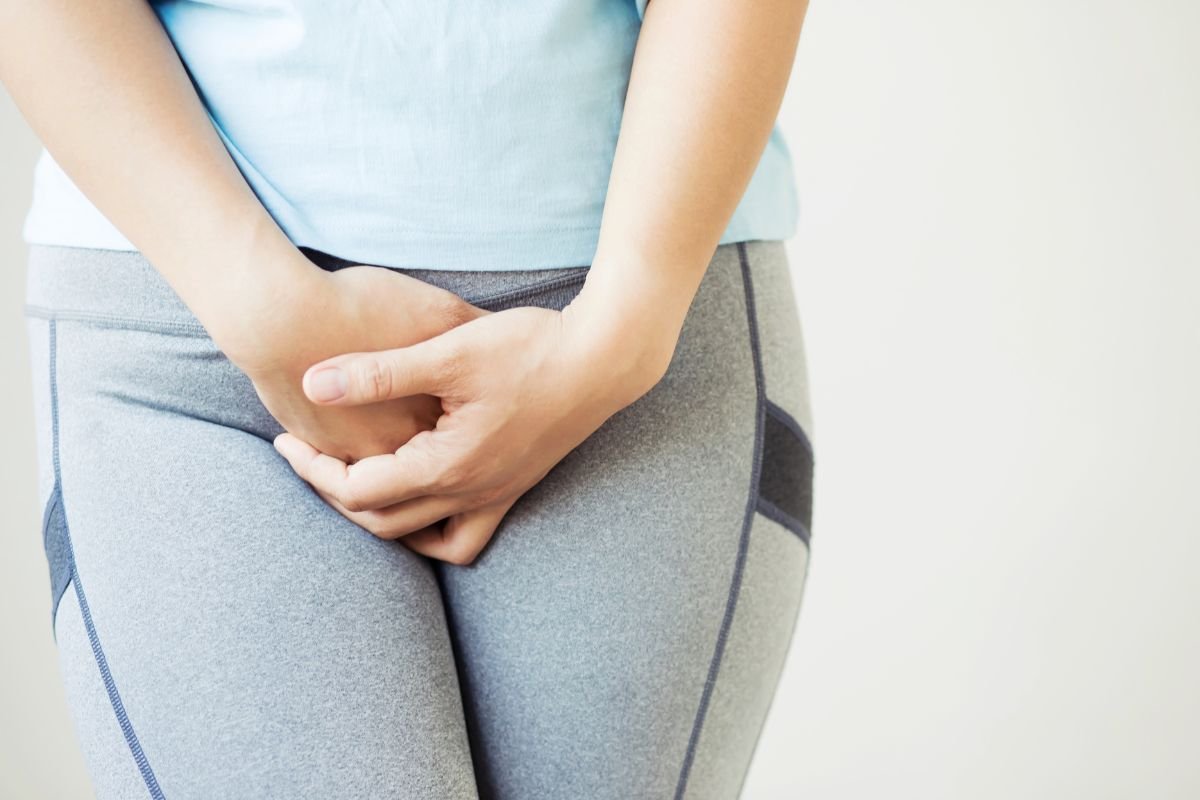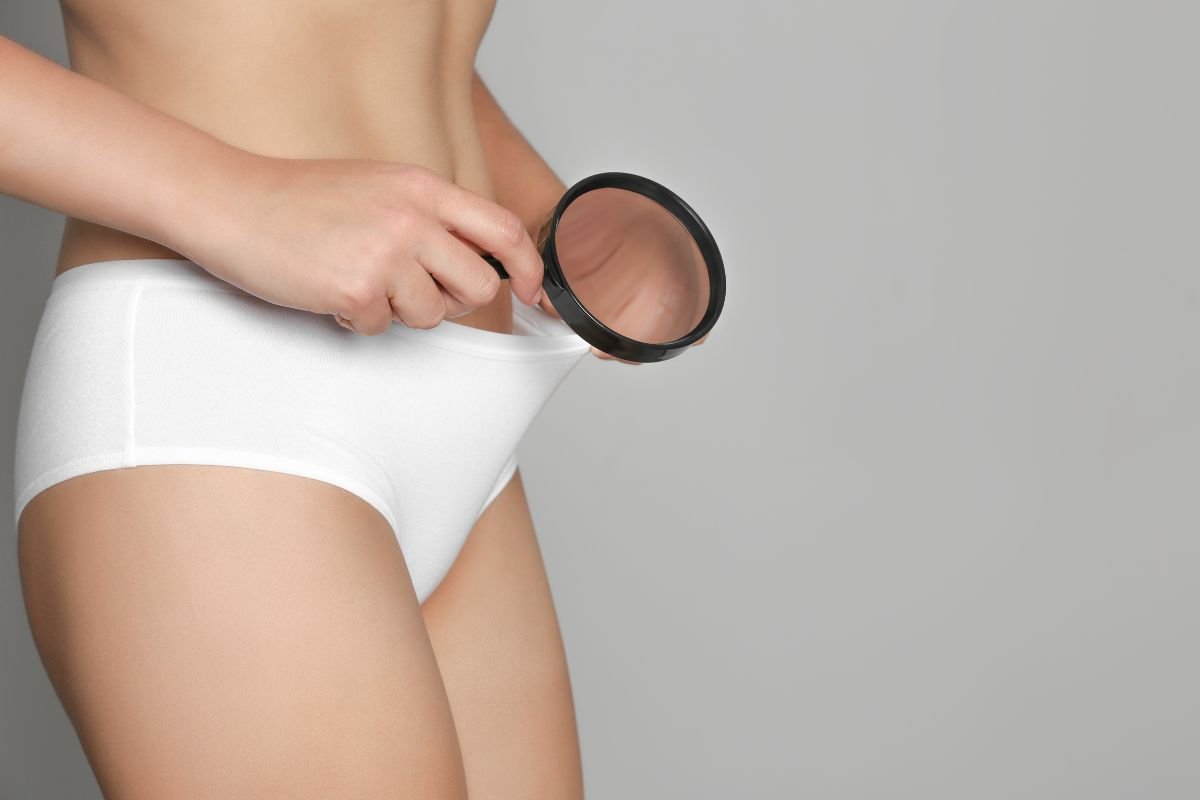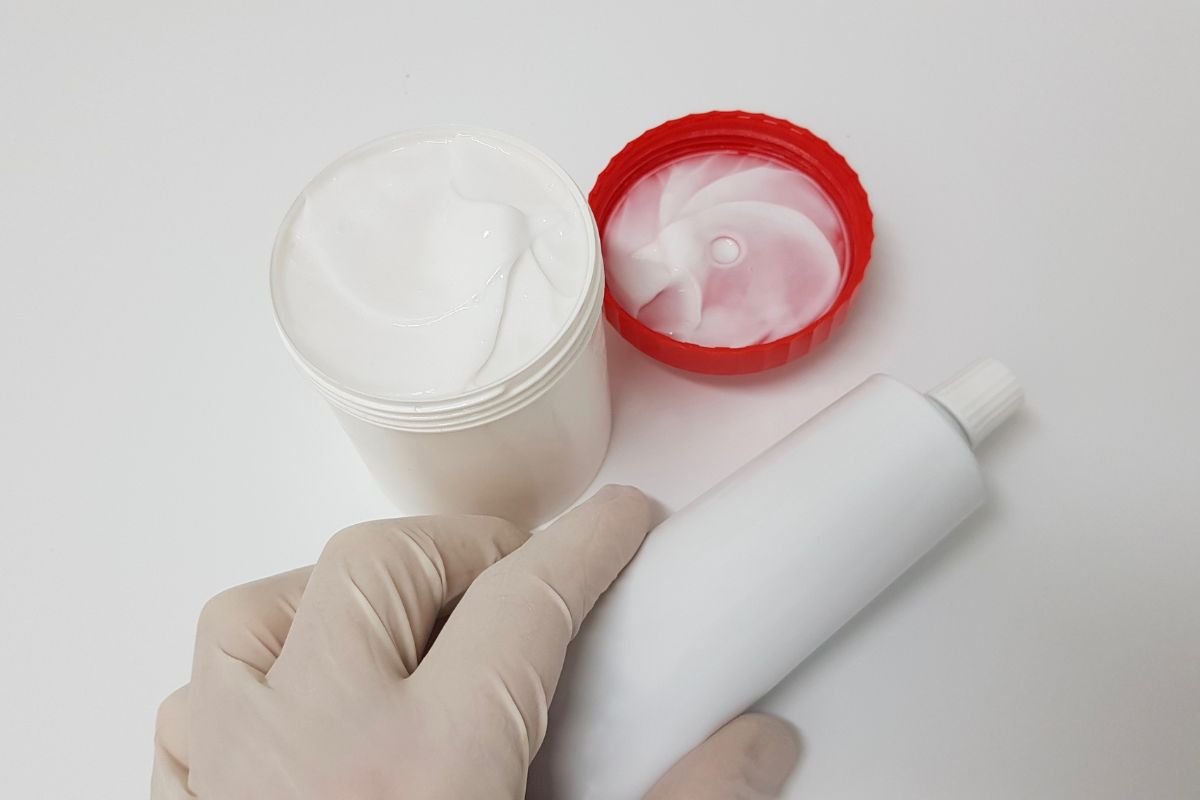As women, we’re used to dealing with common afflictions such as yeast infections. If you’ve ever had a yeast infection, you know that it can be unpleasant.
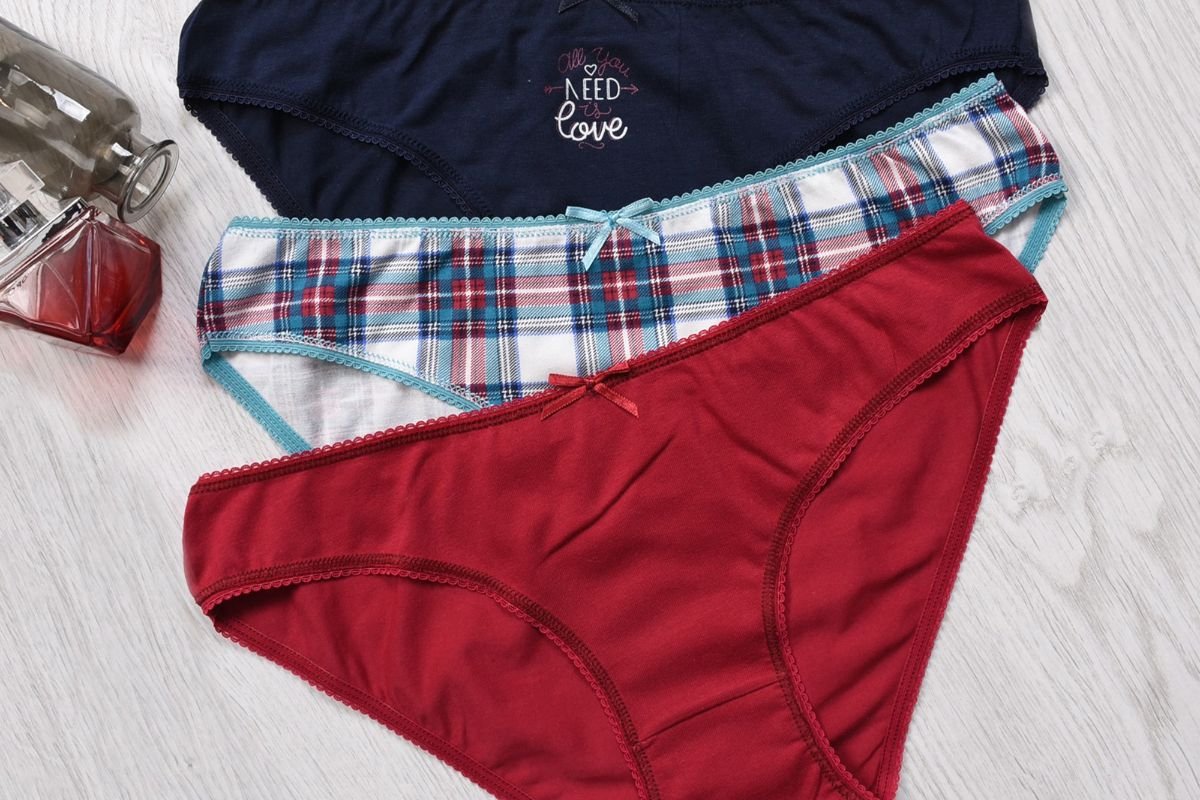
They involve itching, burning, and a thick discharge that makes them difficult (and sometimes even painful) to deal with.
Thoroughly cleaning underwear properly that is used during a yeast infection can help prevent reinfection and help ensure the restoration of your garments’ fabric integrity.
Fortunately, cleaning underwear after having a yeast infection isn’t complicated or time-consuming, but there are certain steps one must take in order to ensure their safety.
In this article, we will explore how to properly clean and sanitize your underwear after a yeast infection, and what you can do to prevent bad stains.
Washing Your Underwear With Hypoallergenic Soap
It is important to wash your yeast-stained underwear in a gentle, hypoallergenic soap because anything too harsh or chemical can cause irritation and itching around the sensitive skin area.
It is recommended to use hypoallergenic soap to ensure that your underwear is clean without causing any discomfort.
Hypoallergenic soaps are specifically designed to be gentle on the skin and free from harsh chemicals. They are also formulated to be non-irritating, which makes them ideal for washing delicate items like underwear.
When washing your underwear in hypoallergenic soap, make sure to follow the instructions on the packaging carefully to ensure that you get the best results possible.
How To Wash Underwear Using Hypoallergenic Soap
When it comes to washing your underwear, the cleanest way to do so is by following a few simple steps.
First, make sure you don’t mix contaminated underwear with clean underwear or with pants if you have BV. This will help prevent the spread of bacteria and other germs.
After washing, tumble dry on low heat for 30 minutes to ensure that all germs are killed.
A pro tip for those concerned about using the same washing machine for their own and others’ clothing is to use a laundry bag specifically designed for this purpose.
These bags are made of mesh material that allows water and detergent to pass through while keeping the items inside separate from each other.
Washing Your Underwear With White Vinegar
White vinegar is a great way to eliminate yeast from your underwear. It is an effective and natural solution that can be used in the laundry process.
Soaking, or gently rubbing the white vinegar into the affected underwear, will help to kill off any yeast that may have been left behind on your clothing.
The acidity of the vinegar helps to break down the cell walls of the yeast, thus killing it off.
How To Wash Underwear Using White Vinegar
In addition to adding white vinegar to your laundry rinse cycle, you can also use it as a pre-treatment for heavily soiled items.
Simply mix equal parts of white vinegar and water in a spray bottle and spray it onto the affected areas before laundering them.
This will help to loosen up any stubborn yeast cells that may be clinging to your clothing fibers.
After spraying, let the mixture sit for about 10 minutes before laundering as usual. With this method, you can ensure that all traces of yeast are eliminated from your garments before they go into the wash.
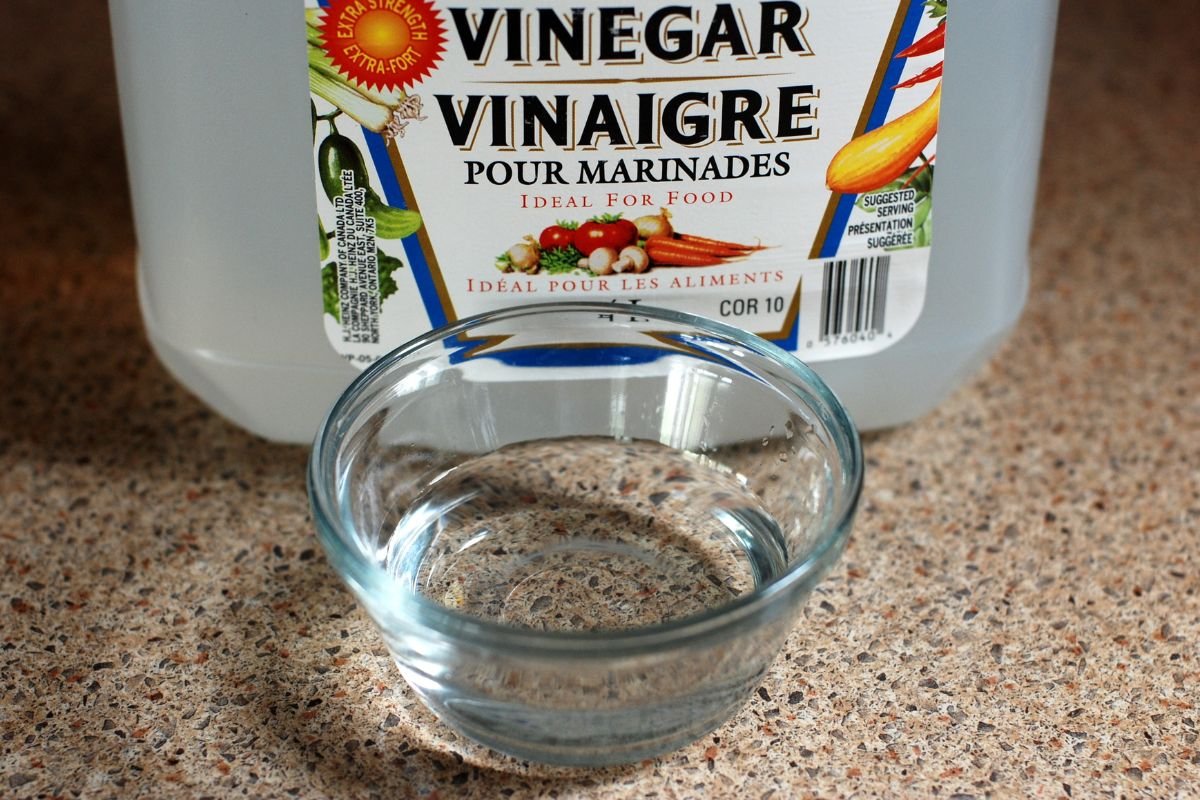
Factors To Avoid Before Having To Clean Your Underwear
A Size That’s Too Small
When it comes to underwear, size matters. Wearing tight-fitting undergarments can cause a number of issues, including irritation and infection.
This is especially true for women, as snug panties can cause infections easily. Not only that, but bacteria can multiply more easily if there isn’t enough opportunity for air to flow properly.
To avoid these issues, it’s important to make sure your underwear fits properly. Choose styles with wider bands that don’t dig into the skin or cause discomfort.
Also, the smaller the yeast stains, the easier they are to remove.
Ignoring Stains When You First See Them
Ignoring the stains on your underwear can be tempting, but it’s important to pay attention to any changes in your vaginal discharge.
Normal discharge is usually clear or white and is not accompanied by an unpleasant odor.
However, if you notice a greenish or gray-toned discharge, this could be an indication of an infection called bacterial vaginosis, which is caused by an overgrowth of the usual bacteria that keeps the vagina healthy.
Paying attention to the stains on your underwear can help you identify potential health issues before they become more serious problems.
You can sort the stains out quicker too if you know what you’re dealing with.
Keeping Underwear On For Too Long
It’s not uncommon to find yourself in a situation where you’re still wearing your sweaty workout underwear after a long day.
Whether it’s from yoga class, the gym, or just running errands, it can be difficult to find the time to change out of them.
Unfortunately, this can lead to some serious vaginal health issues if you don’t take care of yourself properly.
Synthetic fabrics like spandex and nylon don’t exactly breathe in the same way as cotton, and they trap moisture after workouts, which isn’t good for the skin or the vagina.
This combination of wet and warm can irritate the outside of the skin of your vagina, called the vulva, which can lead to inflammation, friction rash, air circulation problems, and moisture.
To avoid these issues, it is important to invest in breathable women’s underwear made with natural fibers such as cotton or bamboo that will keep you cool and dry throughout the day.
A yeast infection can leave worse stains if the underwear isn’t suitable for your body. It’s always best to prevent the infection from coming back, before fussing over the post-yeast infection stains.
Final Thoughts
Yeast infections are a common issue for many women, but they can be prevented with proper care and hygiene (Also check out How To Use Boric Acid For Yeast Infection).
It’s important to pay attention to the stains on your underwear and make sure you change out of sweaty workout clothes as soon as possible.
Additionally, look for breathable fabrics like cotton and avoid synthetic materials like nylon or spandex, which can trap moisture and heat against the skin.
- Yeast Infection Vs Herpes - January 26, 2023
- How Long To Wait For Sex After Yeast Infection Treatment - January 26, 2023
- Yeast Infection Vs STD - January 26, 2023

